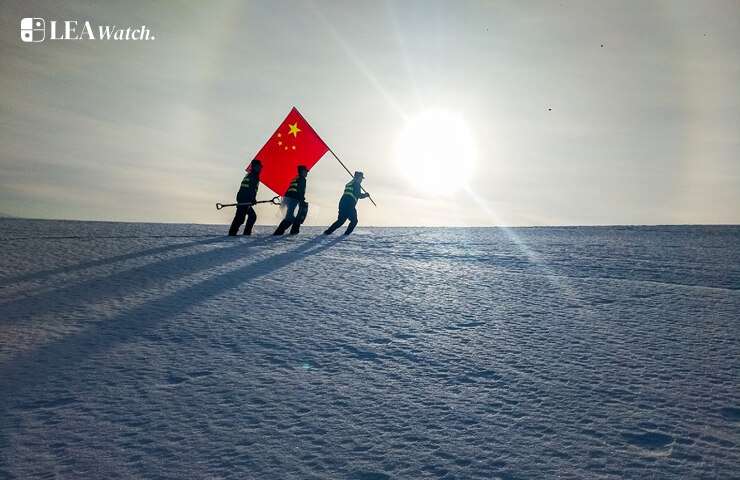China’s deployment of five advanced icebreaking vessels off Alaska’s coast marks a significant escalation in the race for control over the Arctic, one of the planet’s last great frontiers. This move, unprecedented in scale for Beijing, is viewed by strategic analysts as part of a calculated bid to secure influence over a region poised to redefine global trade, resource access, and military strategy.
The Arctic holds an estimated 13% of the world’s undiscovered oil, 30% of its untapped natural gas, and critical rare earth minerals essential for next-generation technologies. As climate change accelerates ice melt, the Northern Sea Route is becoming a viable alternative to traditional maritime trade lanes, cutting transit time between Asia and Europe by up to 40%. Beijing’s presence though China is not an Arctic Council member reflects its self-proclaimed status as a “near-Arctic state” and its ambition to integrate the polar region into its Belt and Road Initiative.
Washington has responded with urgency, increasing its Arctic patrols, upgrading icebreaker fleets, and strengthening alliances with NATO Arctic members. Defense planners warn that without robust countermeasures, the Arctic could shift from a zone of scientific cooperation to a contested military and economic battleground ,
,reshaping the 21st century’s strategic map.

